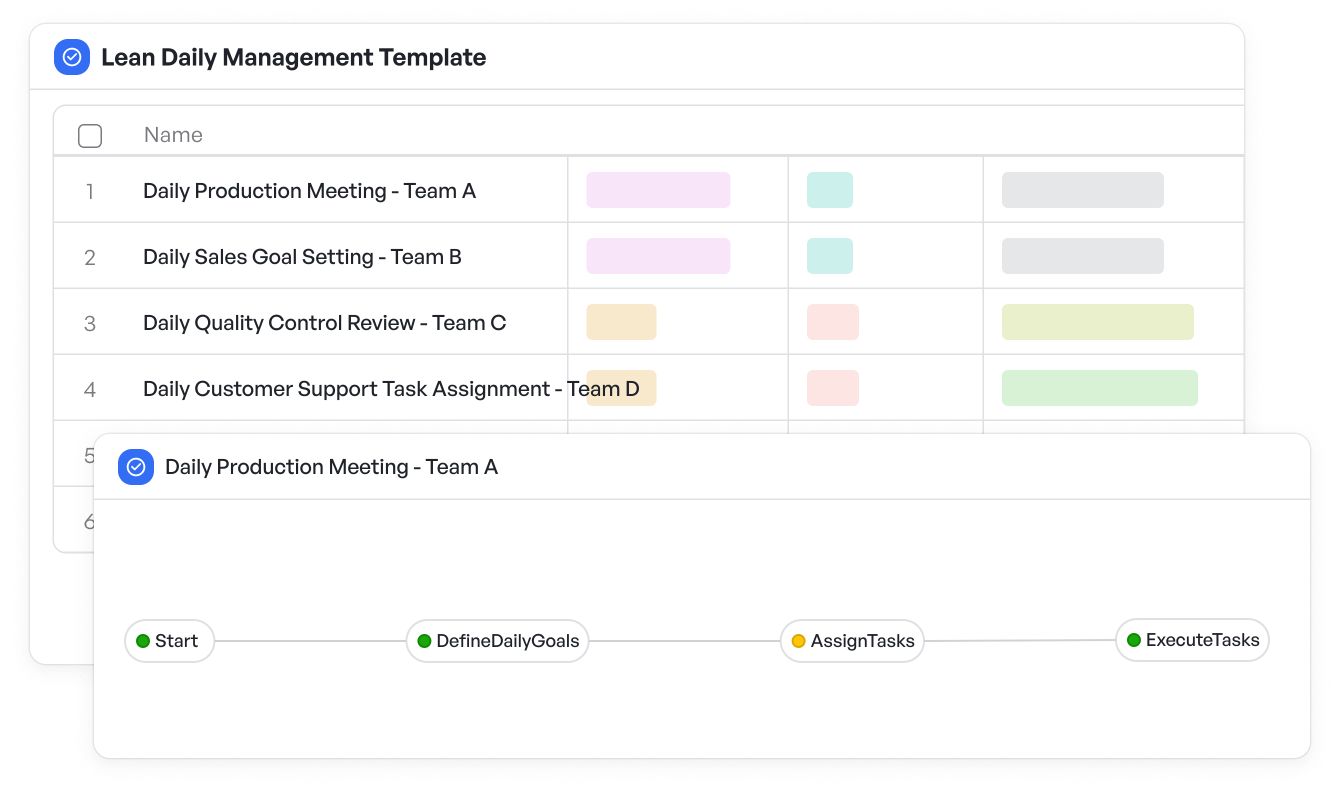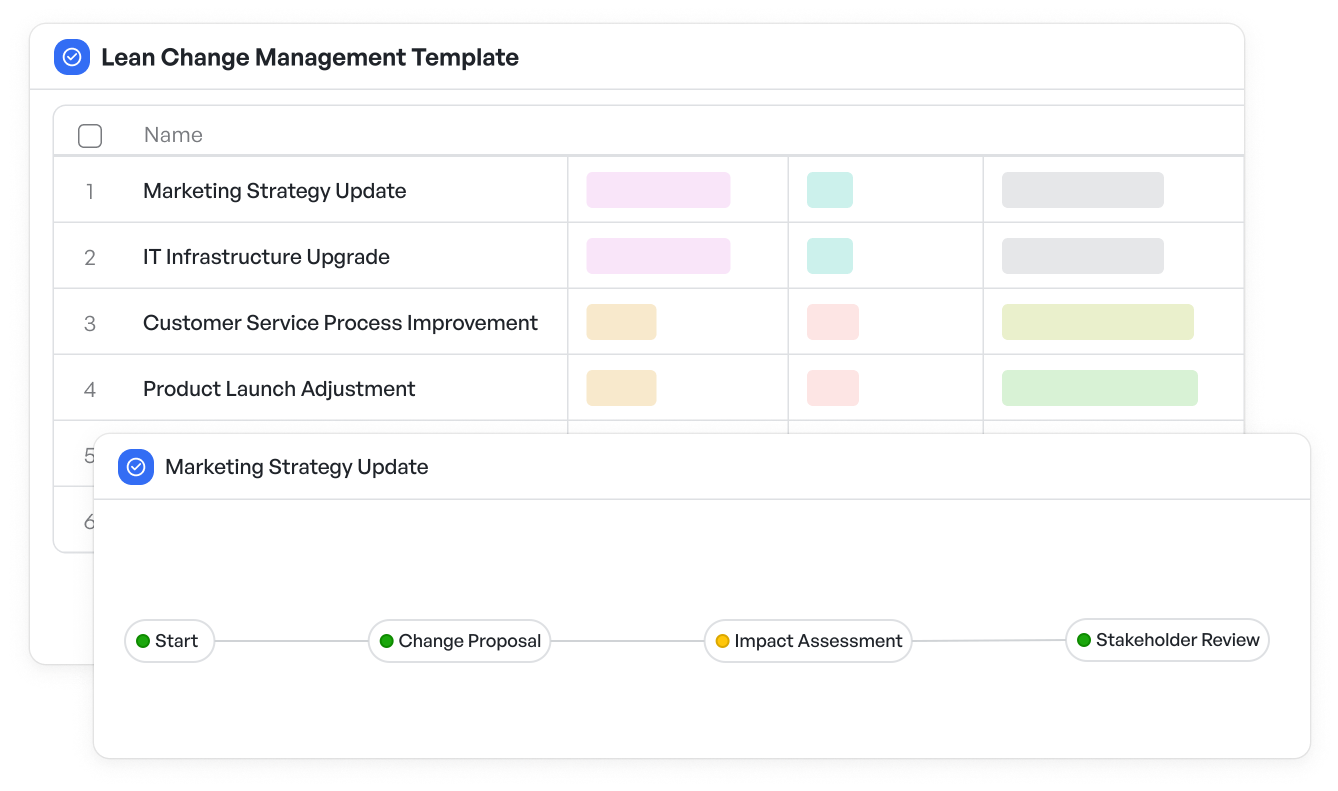How to Implement Lean in Software Programming

Origins of Lean Software Development
Lean Manufacturing Influence
Lean software development traces its roots back to lean manufacturing, pioneered by Toyota in the mid-20th century. The primary aim of lean manufacturing was to enhance production efficiency by eliminating waste, optimizing workflows, and maximizing value. These principles profoundly influenced various sectors, including software development, encouraging practices that prioritize continuous improvement, waste reduction, and increased efficiency.
Transition to Software Development
Lean principles transitioned from manufacturing to software development in the early 2000s. Mary and Tom Poppendieck were instrumental in translating lean principles into software practices, introducing Lean Software Development through their seminal work. They advocated for lean's adoption to streamline software processes, reduce costs, and deliver greater value to users rapidly and efficiently.
Core Principles of Lean Software Development
Eliminate Waste
A cornerstone of lean software development is waste elimination, targeting activities that do not add direct value to the final product. This includes unnecessary coding, redundant testing, excessive documentation, and idle times. Removing such waste enhances productivity, accelerates project timelines, and reduces overall project costs.
Build Quality In
Lean software development emphasizes building quality into products from the beginning rather than relying solely on end-stage testing. Developers employ techniques like pair programming, continuous integration, and test-driven development (TDD) to embed quality at every step, significantly reducing defects and rework.
Amplify Learning
Continuous learning and feedback are fundamental in lean methodology. Teams engage in frequent feedback loops, retrospectives, and learning sessions to continually refine processes, enhance skillsets, and improve product outcomes. Amplifying learning allows teams to adapt swiftly to market and technological changes.
Defer Decisions
Lean software development advises delaying crucial decisions until sufficient information is available. This approach prevents premature commitments, enables better-informed decisions, and enhances flexibility. It empowers teams to pivot quickly in response to changing circumstances and requirements.
Deliver Fast
Rapid delivery cycles are essential in lean software development. Short iterations ensure timely product delivery, facilitating quicker feedback and enabling rapid response to market demands and user requirements. Faster delivery cycles also boost stakeholder satisfaction and trust.
Respect People
Respect for people fosters an environment of trust, collaboration, and empowerment. Lean promotes team autonomy, recognizes individual contributions, and values diverse perspectives, driving higher morale and productivity. Such a supportive environment encourages innovation and proactive problem-solving.
Optimize the Whole
Lean emphasizes system-wide optimization rather than individual component enhancement. Teams analyze entire workflows to identify bottlenecks and optimize processes holistically, ensuring maximum overall efficiency and effectiveness across projects.

Check out Meegle's Lean Daily Management Template
Lean vs. Agile: Key Differences
Focus on Value Stream
While Agile emphasizes iterative product development, lean software development specifically targets the value stream, seeking continuous improvement across end-to-end workflows. Lean focuses explicitly on minimizing waste and maximizing value, while Agile centers more on adaptive planning and iterative execution.
Emphasis on Waste Reduction
Lean’s distinct emphasis on systematically identifying and eliminating waste differentiates it from Agile methodologies, which prioritize adaptability and iterative development. Lean's waste-reduction mindset provides structured approaches to increase efficiency at every stage of the development cycle.
Similarities in Flexibility and Iteration
Despite differences, lean and agile methodologies share common ground in promoting flexibility, adaptability, and iterative cycles. Both advocate frequent delivery, continuous feedback, team collaboration, and rapid response to change, contributing to their effectiveness in dynamic development environments.
Implementing Lean Practices
Kanban for Workflow Management
Kanban boards visually represent workflow stages, helping teams track progress, limit work-in-progress (WIP), and swiftly identify bottlenecks. Kanban facilitates continuous flow, improves transparency, and enhances team accountability, contributing significantly to lean's waste-reduction and efficiency goals.
Continuous Integration for Ongoing Development
Continuous integration (CI) is critical in lean software practices, enabling teams to merge and test code frequently. CI significantly reduces integration problems, detects errors early, and streamlines development cycles, ensuring products consistently meet high-quality standards.
Test-Driven Development for Quality Assurance
Test-driven development (TDD) aligns closely with lean principles by embedding quality directly into the development process. By writing tests before coding, developers ensure robust, error-resistant products, minimizing defects and promoting continuous improvement and stability in software releases.
Overcoming Challenges in Lean Implementation
Cultural Shifts Within Teams
Adopting lean methodologies requires significant cultural shifts. Teams accustomed to traditional, siloed development must embrace collaboration, transparency, and continuous improvement. Leadership support, clear communication, and gradual transition plans are essential in successfully overcoming resistance and fostering a lean-oriented culture.
Addressing Skill Gaps
Implementing lean practices demands specific skills such as expertise in Kanban, TDD, and continuous integration. Organizations may encounter skill gaps, necessitating dedicated training programs, coaching, and resources to equip teams adequately, ensuring smooth transitions to lean practices.
Managing Initial Investment Costs
Initial investments in lean software practices—such as tooling, training, and process re-engineering—can pose challenges. Organizations must view these upfront costs as strategic investments toward achieving significant long-term benefits, including cost savings, improved productivity, and enhanced market competitiveness.
 Lean change management template
Lean change management templateCheck out Meegle's Lean templates.
Benefits of Lean Software Development
Enhanced Team Collaboration
Lean's emphasis on transparency, continuous feedback, and mutual respect fosters stronger team collaboration. Collaborative environments accelerate problem-solving, promote knowledge sharing, and improve communication, resulting in more cohesive, productive, and innovative teams.
Increased Efficiency and Speed
Through waste elimination, streamlined processes, and rapid delivery cycles, lean significantly enhances software development efficiency and speed. Projects consistently meet timelines, resources are optimized effectively, and teams deliver value to customers quicker and more reliably.
Maximizing Return on Investment
By continuously reducing waste and increasing efficiency, lean software development maximizes returns on investment. Organizations achieve cost savings, faster market responsiveness, and higher quality outputs, directly enhancing profitability and competitive advantage.
Read more: 👉The 5 Principles of Lean Project Management
👉The Future of Team Collaboration
👉The Best Online Collaboration Software for 2025
Continuous Improvement in Lean Development
Feedback Loops
Lean methodology prioritizes robust feedback loops throughout the development cycle. Regular feedback from stakeholders, continuous testing, and iterative refinement drive continuous improvement, ensuring that products consistently evolve to meet user needs and market demands.
Lean software development presents a transformative approach to enhancing efficiency, quality, and value across software projects. By embedding lean principles such as waste elimination, rapid delivery, continuous learning, and holistic optimization, teams achieve superior outcomes, driving lasting organizational success and competitive advantage.
Achieve Greater Efficiency and Higher Quality with Lean Software Development
Implementing lean software development can transform your organization's approach, reducing waste, enhancing productivity, and maximizing ROI. By embedding lean principles into your workflows, your team benefits from improved collaboration, faster delivery cycles, and sustained continuous improvement. Ready to streamline your development processes and deliver superior software outcomes?
Streamline your Software Development Process today with Meegle
The world’s #1 visualized project management tool
Powered by the next gen visual workflow engineRead More
Check All BlogsStart creating impactful work today



